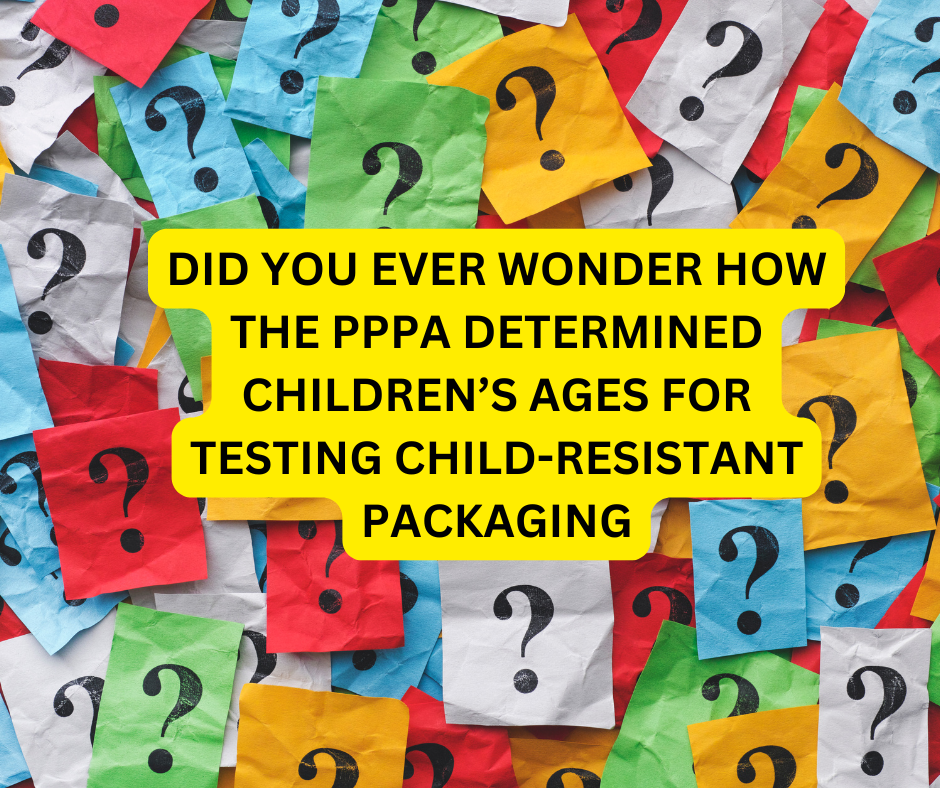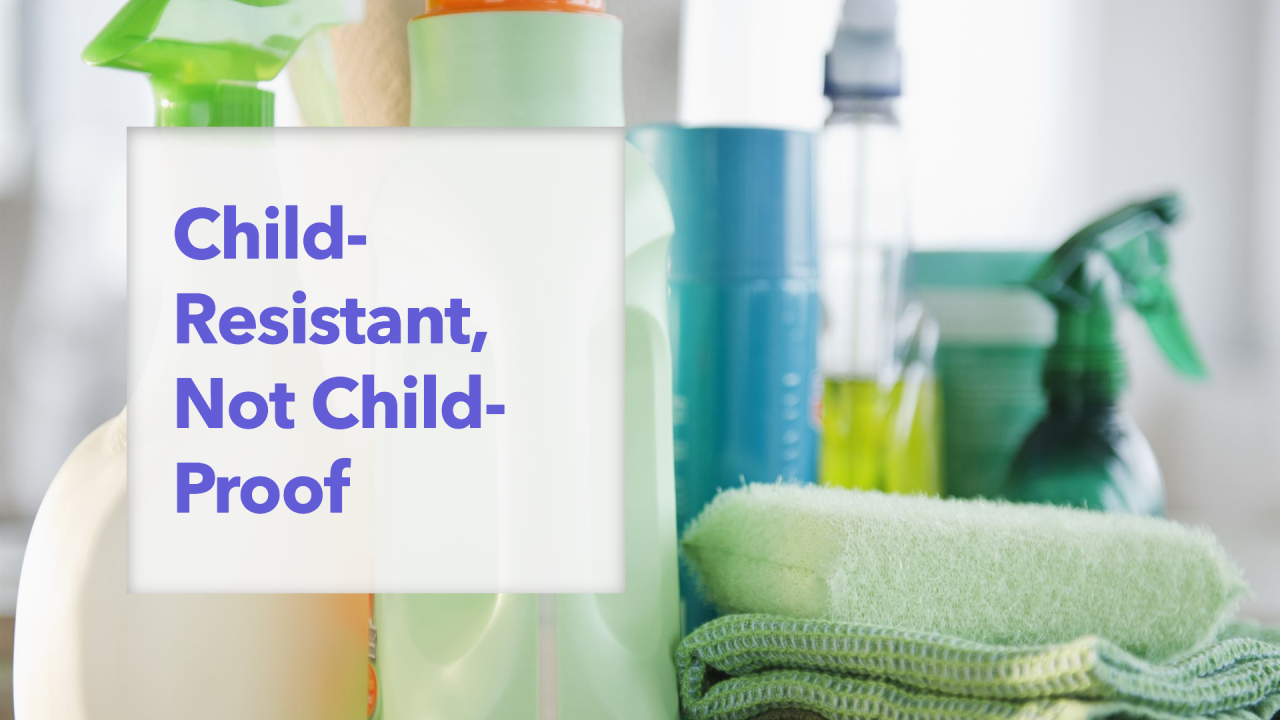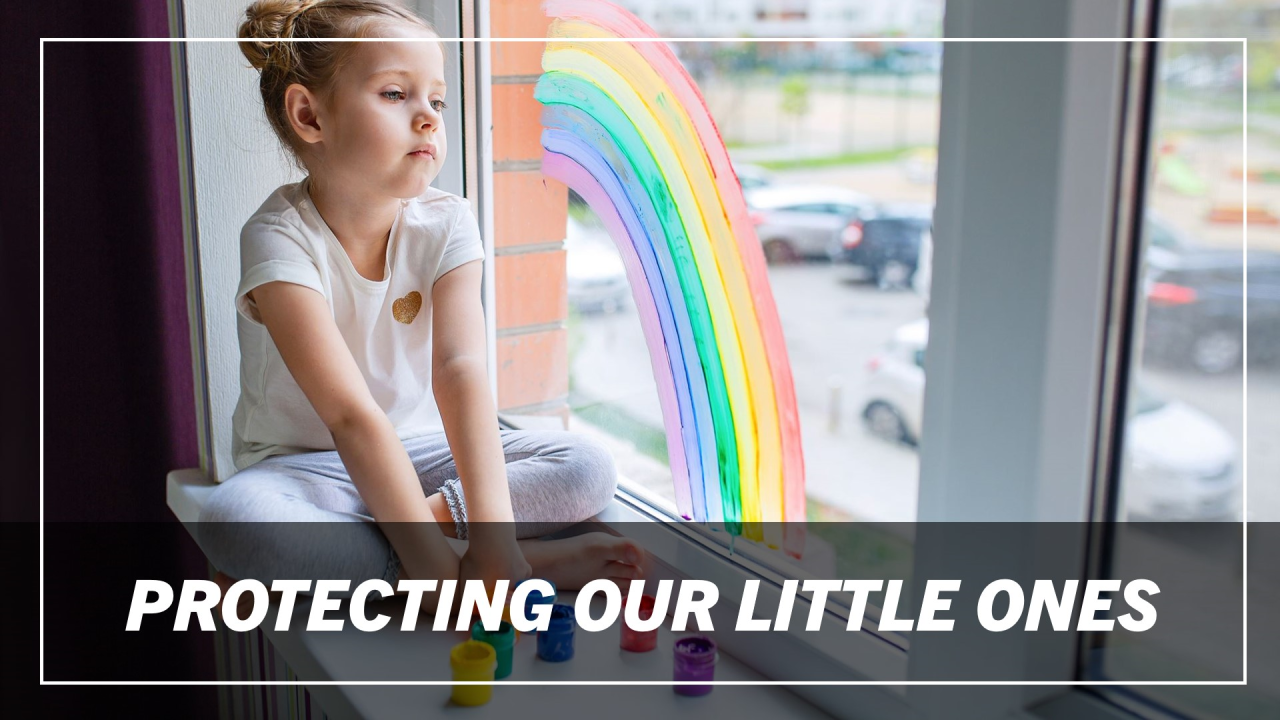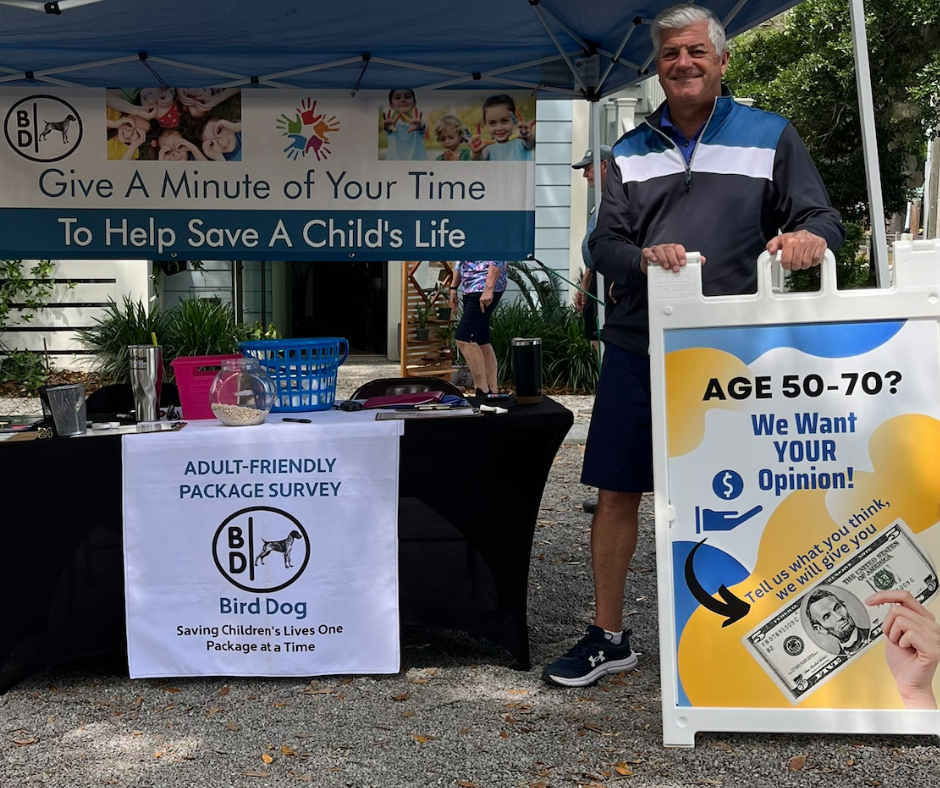How the PPPA Determined Children's Ages for Testing Child-Resistant Packaging
Did You Ever Wonder How the PPPA Determined Children's Ages for Testing Child-Resistant Packaging

The Poison Prevention Packaging Act (PPPA), enacted in 1970, is one of the cornerstones of child safety regulation in the United States. Its primary goal is to prevent children from accessing hazardous household substances like medications, household chemicals, and other toxic products. As part of this initiative, the law requires certain products to be packaged in child-resistant containers. The question is: how did the government determine the specific age ranges of children who should be tested for these packaging requirements?
The story of how these age groups were selected is a fascinating blend of science, public health policy, and consumer safety. Let's take a look at the history and reasoning behind the age criteria for testing child-resistant packaging under the PPPA.
Fun Fact: Bird Dog Marketing Group actually has copies of the original documents.
The Need for Child-Resistant Packaging
The PPPA was established after mounting evidence highlighted the alarming number of children who were poisoning themselves by ingesting substances that were accessible in typical household packaging. Medications, cleaning products, and other potentially harmful items were often sold in bottles or containers that were too easy for children to open. To mitigate this risk, the PPPA mandated that these products be packaged in child-resistant packaging that would prevent children under the age of 5 from accessing the contents.
Crafting an effective definition of "child-resistant" packaging wasn't as simple as just setting an arbitrary age threshold. Regulators had to determine the appropriate criteria for testing packaging to ensure it was truly child-resistant.
The Key Ages: 5 and Under
The first step in determining who should be tested for child-resistant packaging was understanding how children of different ages interact with packaging. To conduct studies on child accessibility, the Consumer Product Safety Commission (CPSC), which administers the PPPA, needed to focus on a specific age group.
The CPSC's research team, working alongside child safety experts, recognized that children between the ages of 3 and 5 were the most likely to encounter and attempt to open hazardous packaging. A pivotal decision was then made to focus on the age range of 5 and under, as this group represents the broadest demographic at the highest risk for accidental ingestion.
Why this age group? Studies of child behavior, particularly regarding fine motor skills and problem-solving abilities, showed that children up to age 5 had the greatest difficulty with complex tasks like opening containers. At the same time, they were developing the curiosity and motor skills that made them more likely to engage with packaging.
For testing purposes, the packaging would be considered "child-resistant" if it was capable of preventing 80% of children in this age group from opening the container within a 10-minute period. It was also important to test the accessibility of packaging by children with varying degrees of dexterity, as children's abilities vary significantly based on age and development.
How Testing is Done
The PPPA regulations require that manufacturers perform specific child-resistance tests before marketing products in the U.S. The CPSC oversees this process, and the testing typically involves children ages 42 to 51 months (about 3.5 to 4.25 years): This group is considered to be at high risk for poisoning incidents and represents the average child in the highest-risk age range.
The Adult Test
In addition to the child-resistant tests, the PPPA requires that the same packaging be tested for use by adults 50 to 70 years of age, typically the older individuals who may have reduced strength or dexterity. Packaging must be easy for adults to open and close properly, especially for those with arthritis, hand weakness, or other disabilities.
The Ongoing Challenge of Child Safety
Manufacturers also face the challenge of designing packaging that strikes a balance between child resistance and consumer convenience. It's no easy feat to create a package that is both secure from a curious child and easy to use for an adult. In some cases, innovations in packaging design - such as push-and-turn caps or blister packs - have made a significant impact in keeping children safe while maintaining usability for adults.
Conclusion
The age ranges for child-resistant packaging testing under the PPPA were carefully determined based on research into the developmental stages of children and their ability to open various types of containers. By focusing on children under the age of 5, and using empirical data from studies on children's behavior and capabilities, the CPSC created a science-backed standard for preventing accidental poisonings in children.
As we move forward into an era of evolving consumer products, continuous improvement in packaging design and safety - standards will remain a key focus in protecting young children from preventable harm.
If you have any questions regarding child-resistant packaging and how to meet child-resistant package regulations - call Bird Dog Marketing Group LLC at 717-615-9022 or email sales@birddogmarketinggroup.com.
Bird Dog Marketing Group is an international industry leader in Child Resistant (CR) and Senior Adult Use Effectiveness (SAUE) protocol testing. For over 55 years, we have been providing comprehensive research and testing services and have a record of success in safety and child-resistant package testing. We have tested and evaluated thousands of different package types, including unit dose packages, pouches, bottles and containers with a variety of closures, aerosol cans, pump dispensers and more.
Our team provides an assurance of accuracy and hyper-focused attention to detail for all package testing.






Contact us
Contact Us
We will get back to you as soon as possible.
Please try again later.
MAILING ADDRESS
166 Farmington Lane
Lancaster, PA 17601
PRINCIPALS' PHONE NUMBER
David S. Hipple
717-475-9751
dhipple@birddogmarketinggroup.com
Mark D. Perkins
717-615-9022
mperkins@birddogmarketinggroup.com
All Rights Reserved | BirdDog Marketing





